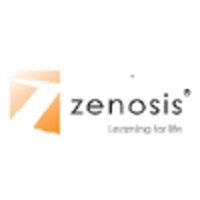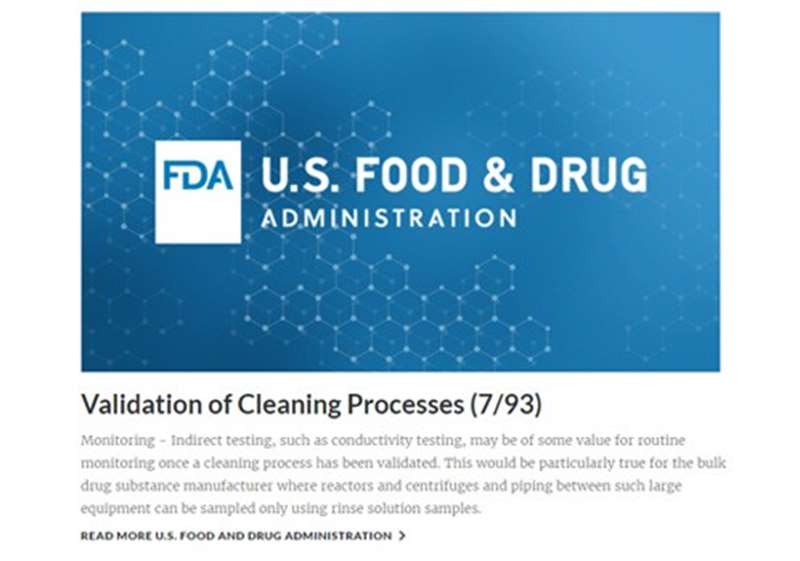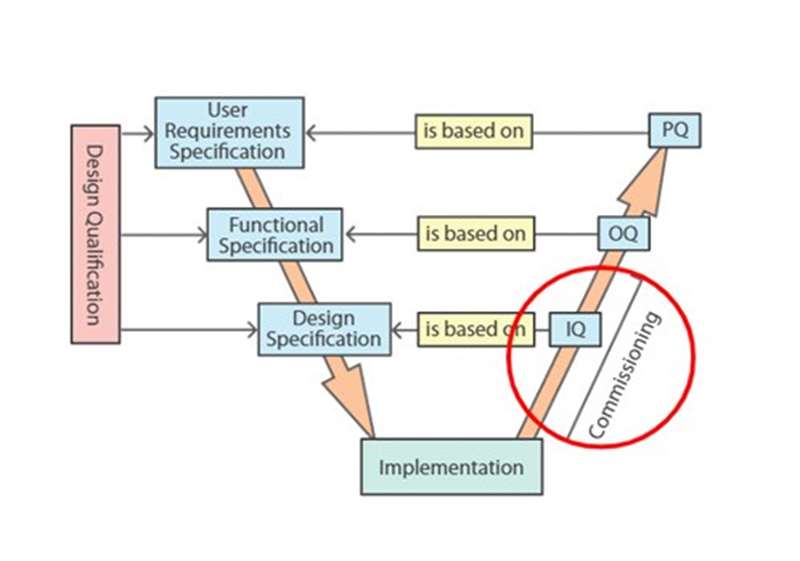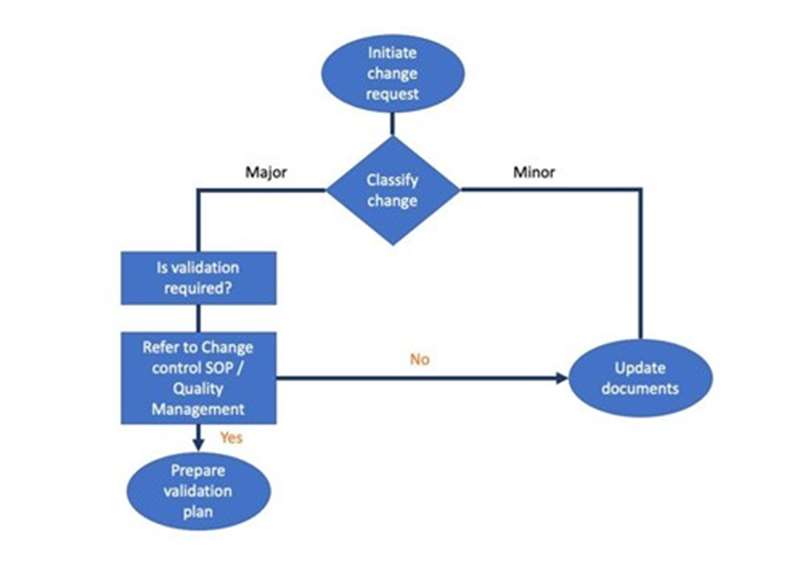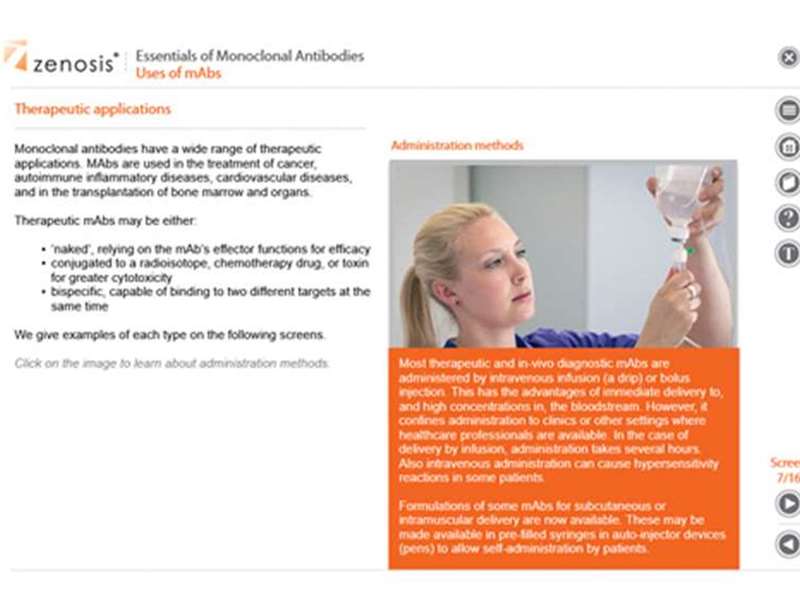Learning Objective
Monoclonal antibodies (mAbs for short) are the leading products of biotechnology. Drugs based on mAbs dominate the list of top-selling medicines worldwide. In addition, mAbs have many uses in medical diagnosis, in laboratory analysis, and in the biotechnology industry itself.
This module will introduce you to monoclonal antibodies, explaining how they work, how they are made, and the many uses to which they are put.
Who will benefit from this module?
This module will benefit anyone educated in science to high school level or beyond who wants an introduction to the basics of monoclonal antibodies.
Learning Objectives
- Describe the structure and function of antibodies in the body
- Distinguish types of monoclonal antibody by their source and constitution
- Outline important factors in the production of mAbs
- Identify major uses of mAbs
Module Outline
Module overview - An outline of the module’s scope and objectives, and notes on terminology.
Structure and functions of antobodies - In this session we discuss the role of natural antibodies and outline how the dream of creating ‘magic bullets’ to fight disease has been realised. We identify the structural components of antibodies and describe their actions. We distinguish types of monoclonal antibody by their non-human and human components. Finally, we sketch how some therapeutic mAbs can be linked to cell-killing agents to increase their effectiveness against cancer.
Production of mAbs - Production of a mAb proceeds from the generation of a cell line possessing the mAb’s gene sequence, through bulk cell culture, to isolation and purification of the antibody. In this session we describe options for generation of the cell line, we outline the downstream production processes, and we identify important issues for the assurance of product quality.
Uses of mAbs - In this session we describe the wide range of uses for mAbs in laboratory analysis, in-vivo diagnosis and therapy, and purification in the biotechnology industry. We give examples of mAb products in each category of application.
Assessment - Multiple-choice mastery assessment.
